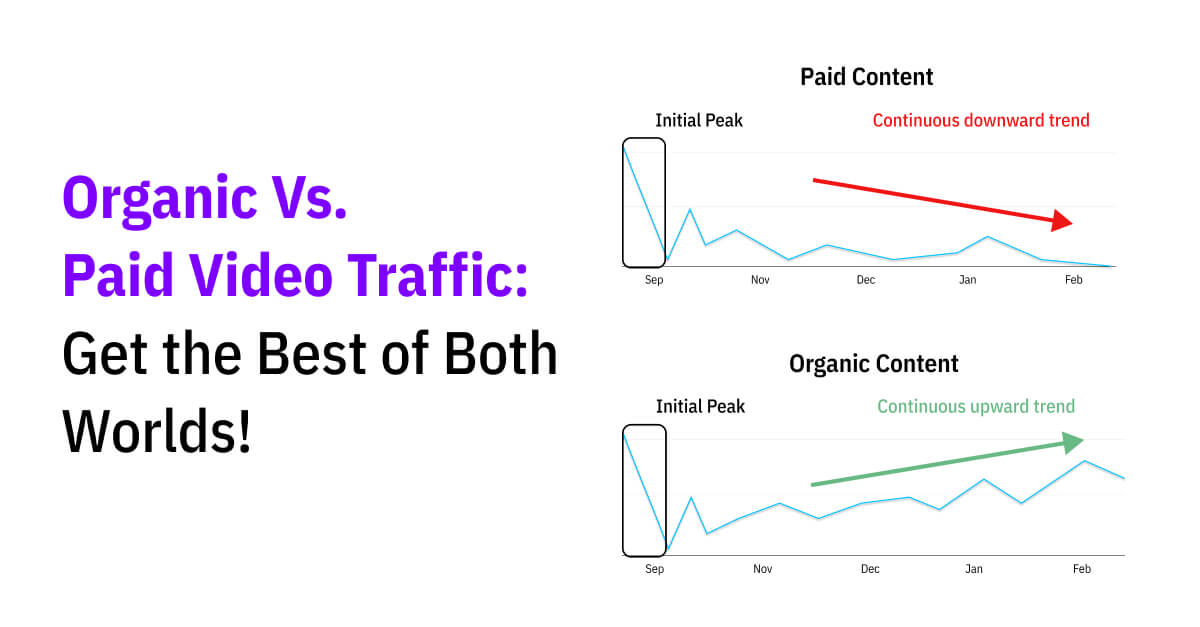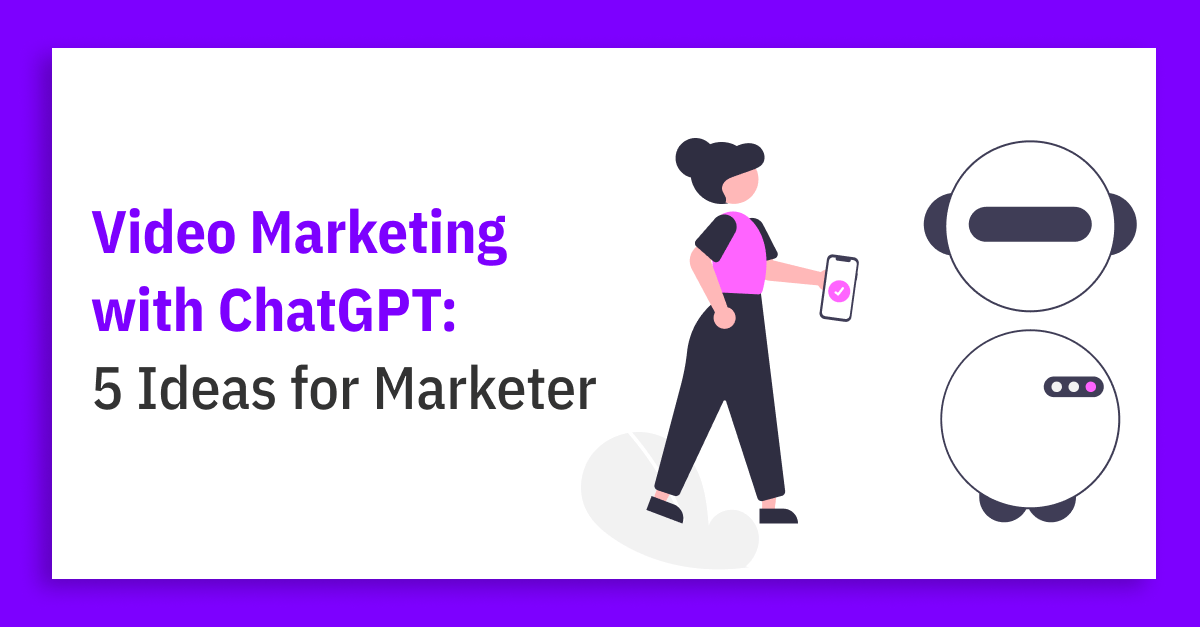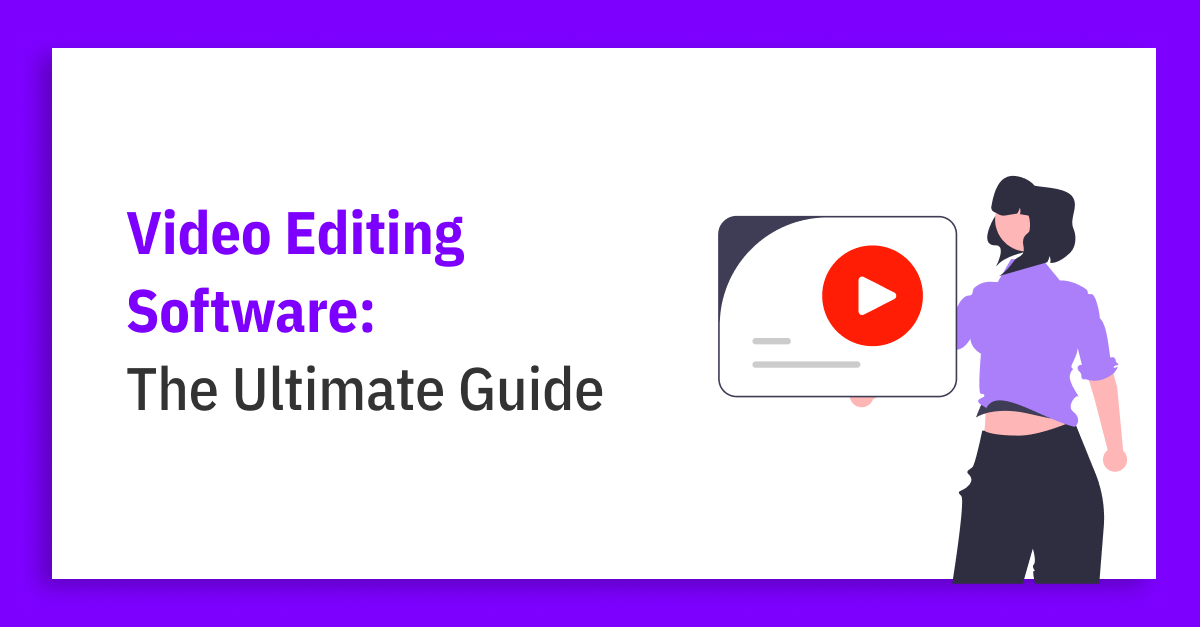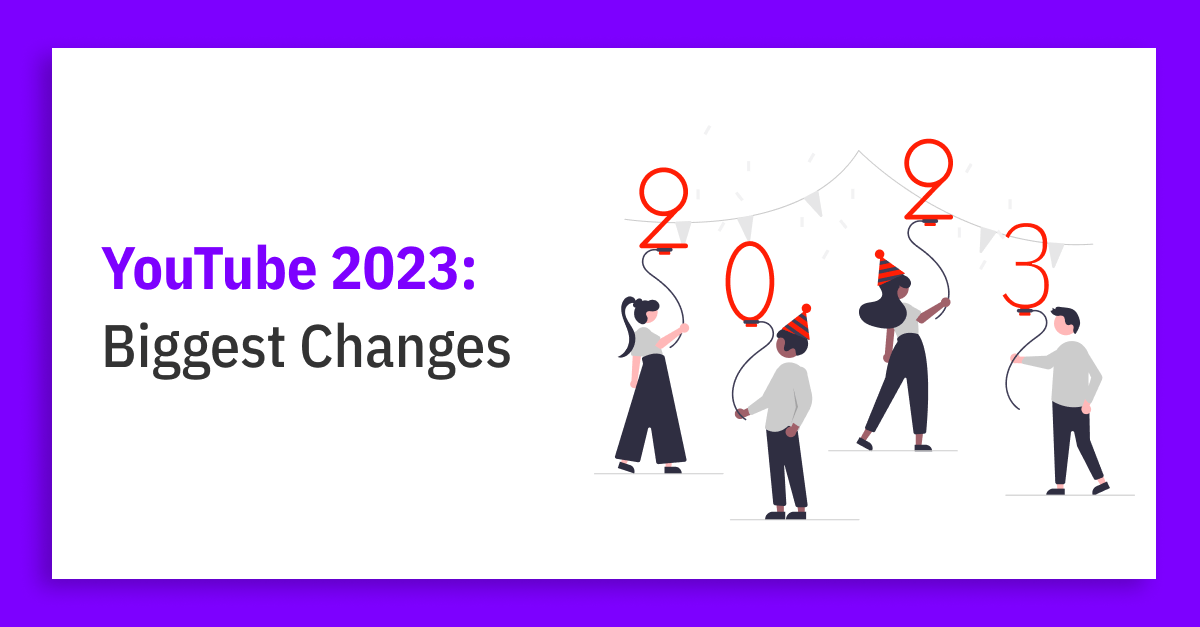March 2, 2023
With Youtube becoming increasingly important for people worldwide, more and more businesses are jumping on the platform, hoping to reach their target audience. Data show that already 63% of companies use Youtube as a platform for video marketing. Since YouTube offers a wide range of paid advertising options comparable to other social media platforms, paid media seems to be preferred in most cases. Generally, a paid ad campaign is pretty straightforward to get running, and metrics are easily understood and tracked upfront. Yet, paid media is very pricey, and views are not sustainable at all. As soon as the budget is depleted, the video is useless. In comparison, a video optimized for search will be highly durable and constantly grow in terms of views.

Still, paid advertisement on YouTube is a powerful tool when used the right way, especially in the right stage of the customer journey – the same goes for organic YouTube traffic. It is not about deciding on these two options but knowing when to use the suitable alternative. That is why everybody should know the See-Do-Think-Care framework model.
The See-Do-Think-Care framework (SDTC)
In a nutshell, the SDTC framework can be seen as a funnel that helps you structure and distributes content aligning with your target customers’ intent. For an in-depth look, check out this blog article entirely dedicated to the SDTC model.

See
The first stage is entirely concerned with raising awareness. Since your goal should be to reach the largest audience possible and generate many views and impressions, paid media definitely makes a lot of sense. But with formats like example beginner tutorials, there is also room for organic content.
Winner: Paid content
Think
The Think stage is all about consideration. In this phase, the focus should clearly lay on organic product education videos which engage and entertain your viewers. Content pieces like how-to videos or step-by-step guides that invite viewers to participate are the way to go. Consider watch time as your main KPI here and pay a lot of attention to it.
Winner: Organic content
Do
As soon as your viewers are ready or in the process of buying, they have reached the Do phase in your funnel. Now it is vital to give your viewers the final push and make buying as accessible as possible. Organic content that provides transactional information to reinforce purchase decision-making – like, for instance, reviews of other customers – could be perfect in that stage.But also testimonial videos that are pushed with paid media can be helpful as well. Since conversions should be the goal here, special attention should be paid to clear call-to-action (CTA) – verbally as well visually with the help of end cards.
Winner: The combination of organic and paid content
Care
You want to care about the customers who care about your brand, and providing the right content on YouTube can be a brilliant retention strategy. To do so, there are several options: paid- and organic-wise. Address product-related questions and produce educational, FAQ, or even product launch videos to keep your fans re-engaged. If done right, satisfied customers turn into loyal regulars.
Winner: The combination of organic and paid content
If you are still not quite sure how the See-Do-Think-Care framework could look like in action, make sure to check out this case study on IKEA’s video content.
Mixing paid and organic content
So – Some of you might now think about producing organic content and backing it with paid media. Sounds brilliant, but actually, it is very counterproductive. In fact, a client case showed us that videos without paid ads get 3x more views via YouTube search and have a watch time 5x higher.However, there is an exception to the aforementioned counterproductiveness. Initially, the organic video is published without being backed by paid media. This gives the algorithm time to indicate the video. Only after 2-4 months, the video can be pushed via paid ads – at that point, the algorithm has picked up enough user signals so that the organic performance of the video will not be hurt. (Source: tubics client case)But just because generally it is not recommended to mix paid and organic within a single video, it doesn’t mean that they shouldn’t be combined within the channel strategy. Actually, it is quite the opposite.You can, for example, produce a campaign teaser and try to reach the largest audience possible with YouTube ads (See stage). Include this video into a YouTube playlist – next to your organic content – and cover different stages of the See-Do-Think-Care framework. In that way, the paid ad won’t affect your educational videos negatively, and you get the best of both worlds.Did you learn something new and like that content? If yes, that’s great – then we would ask you to share it with someone within your network that could see the same value as you.Do you want to learn more about that topic? Don’t hesitate to contact us!

The 6-Step Guide to YouTube Content Strategy
How to build relevant video content for every business
FREE Download


